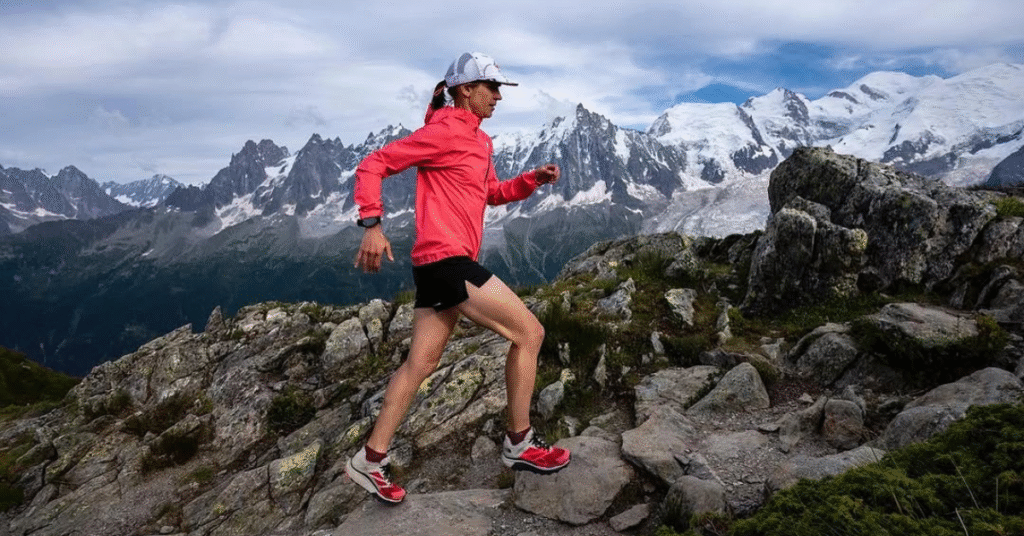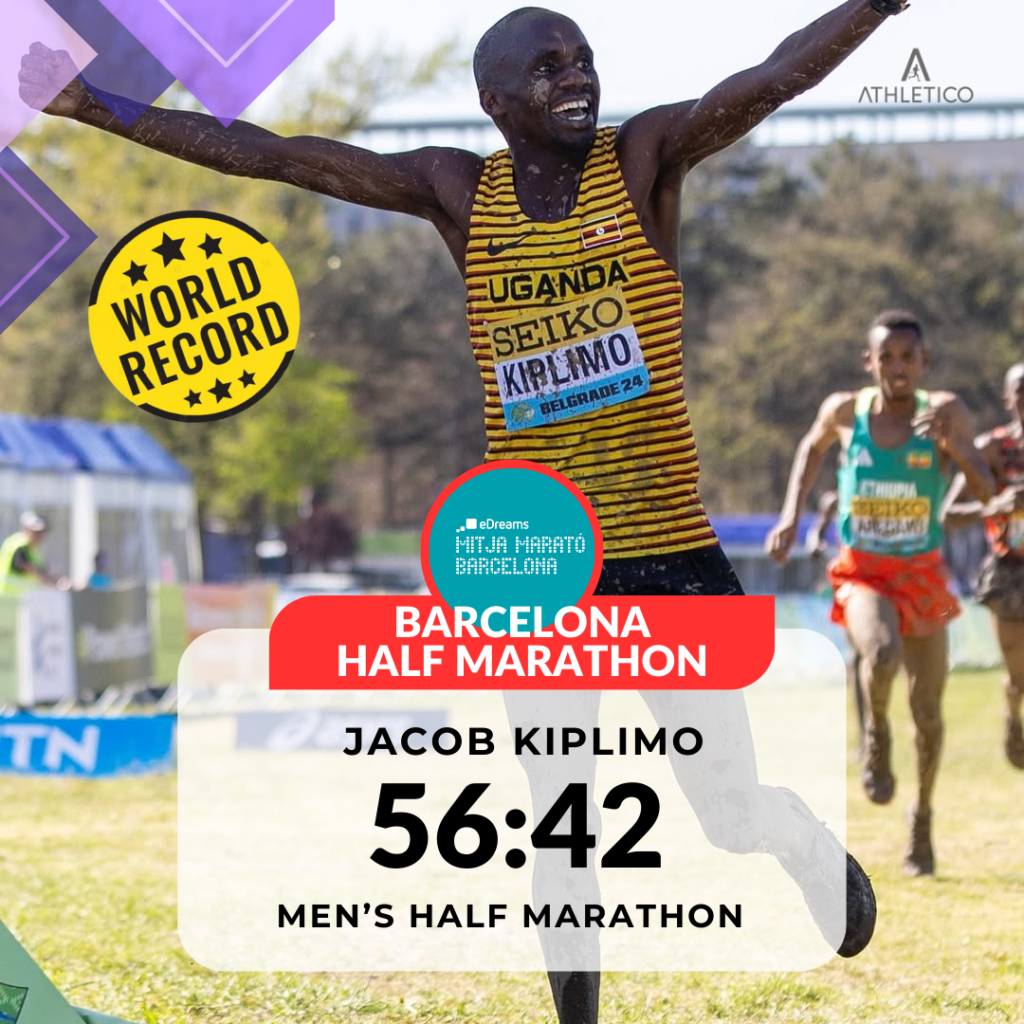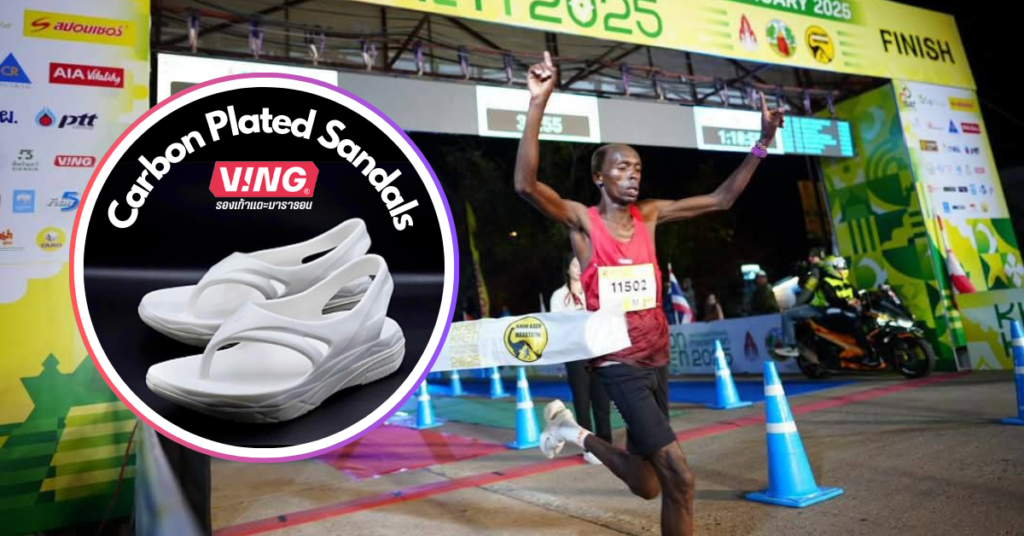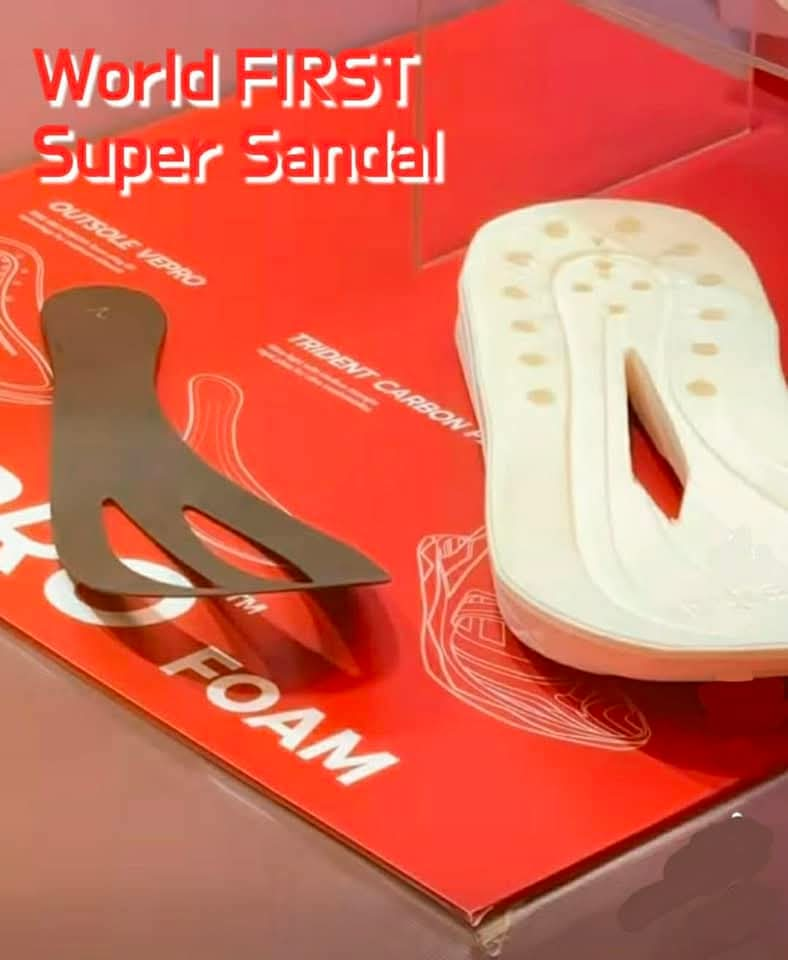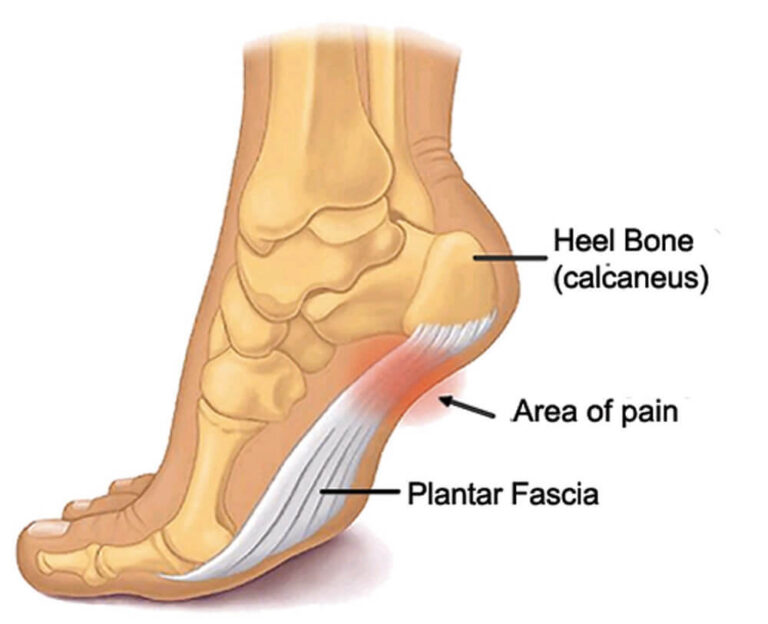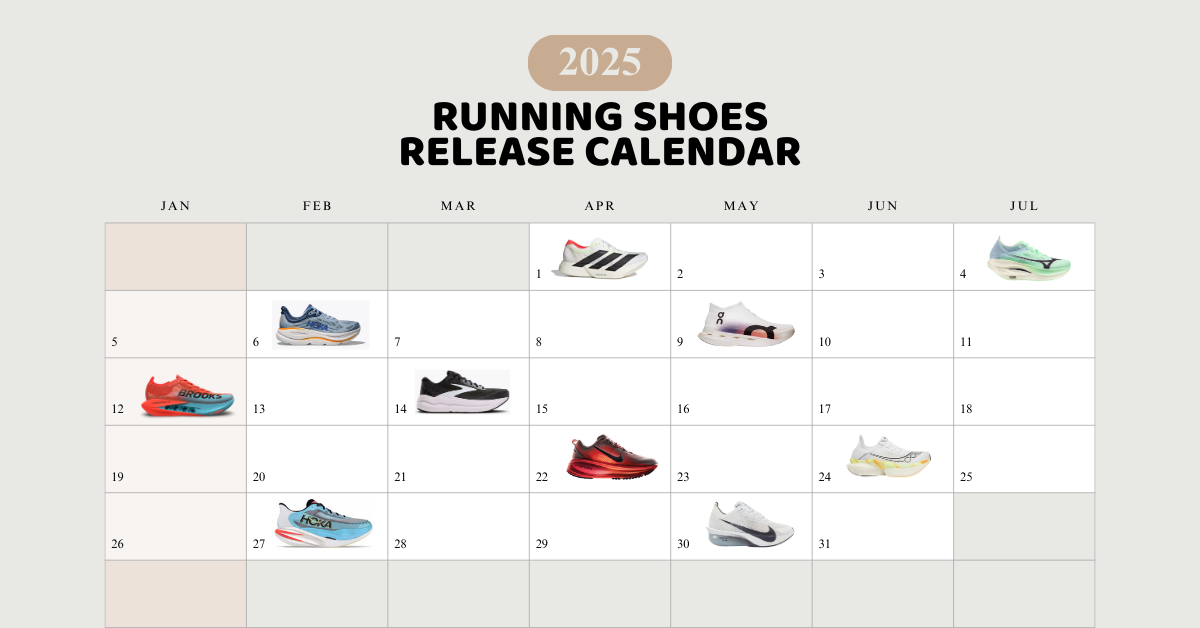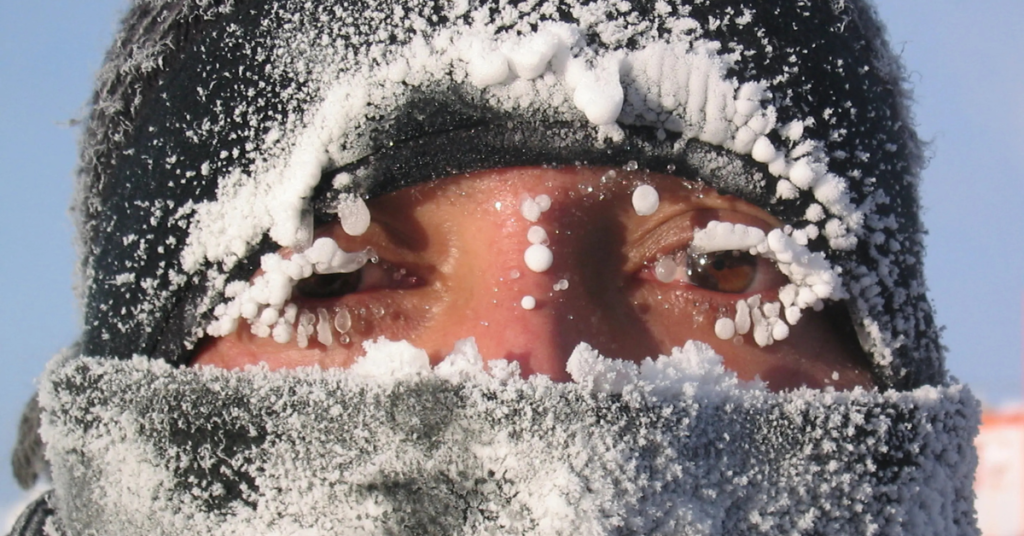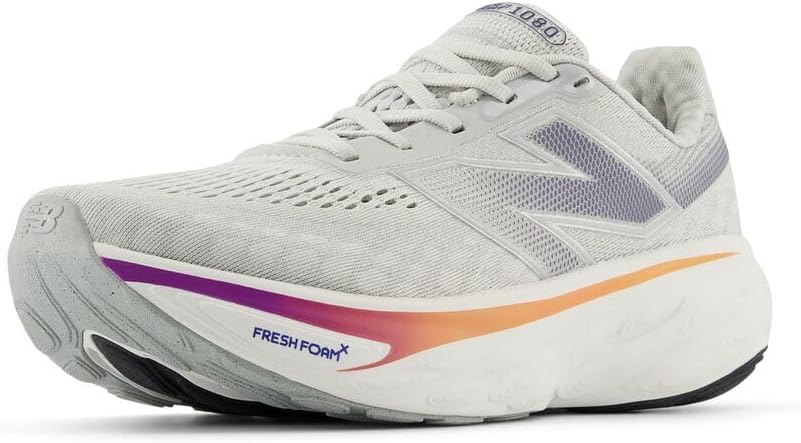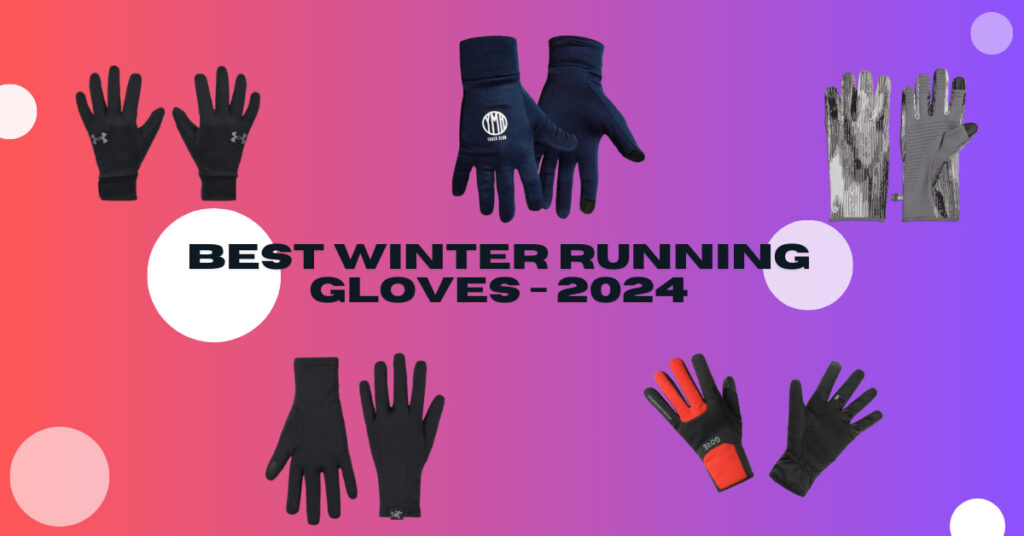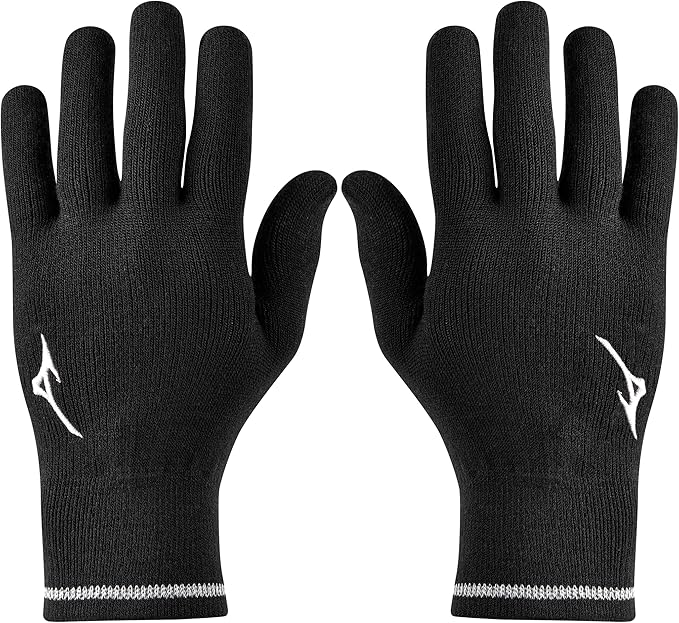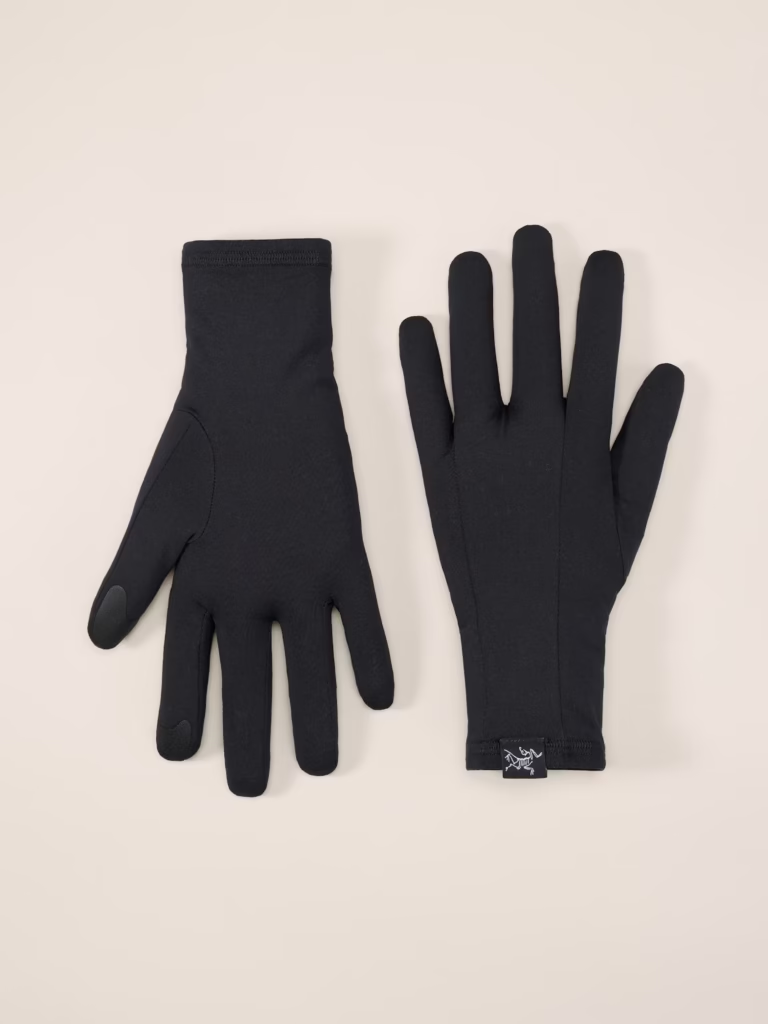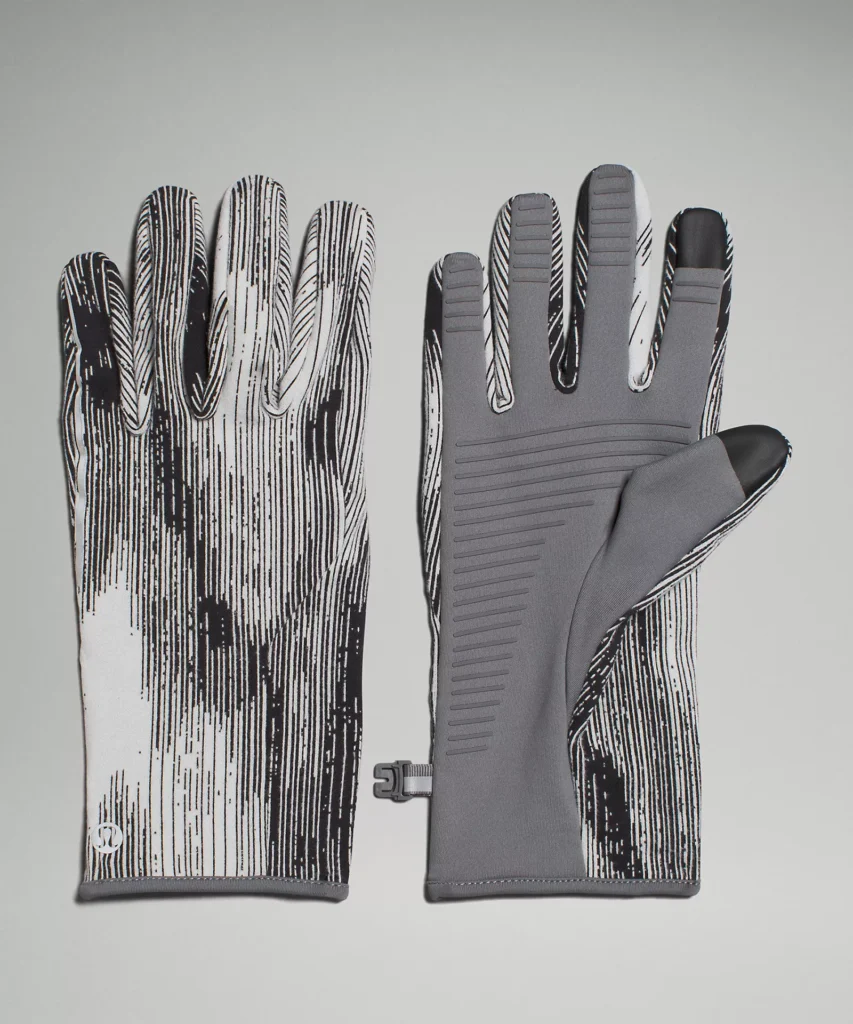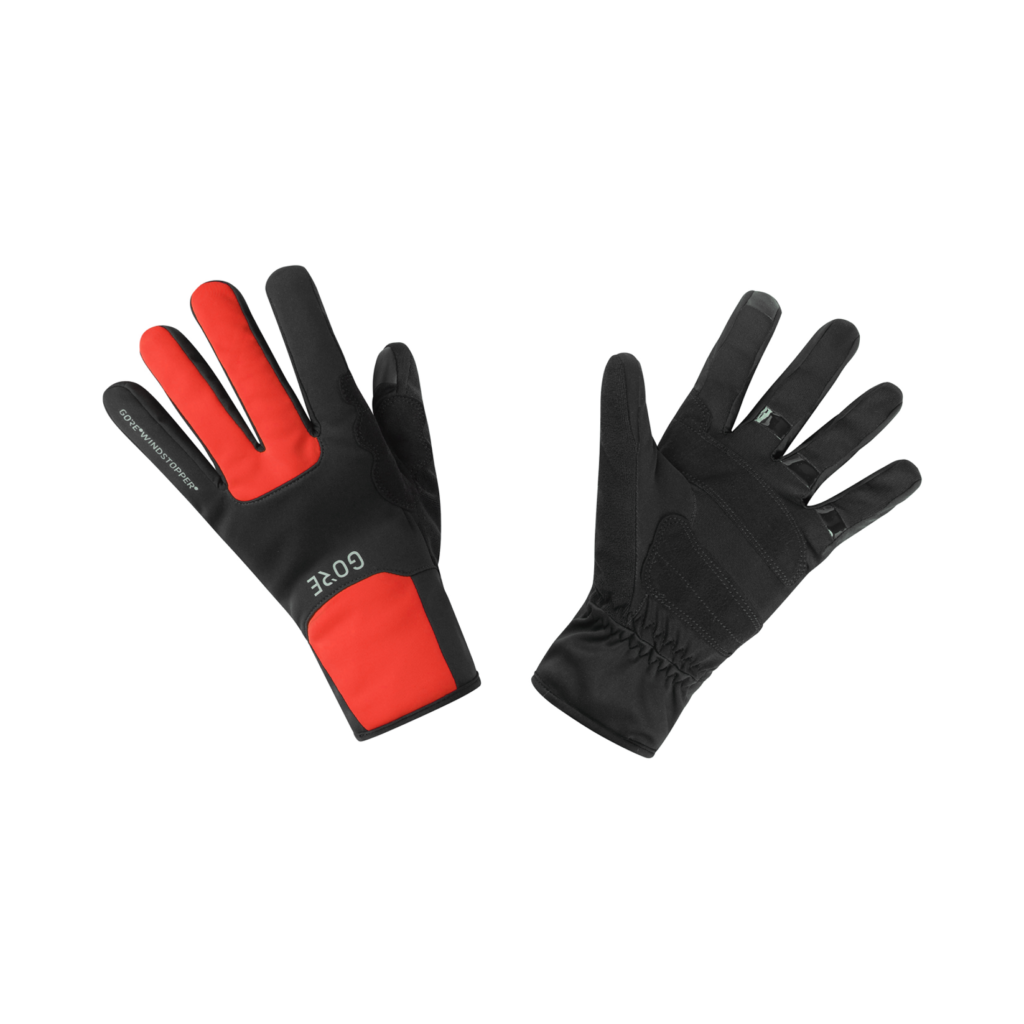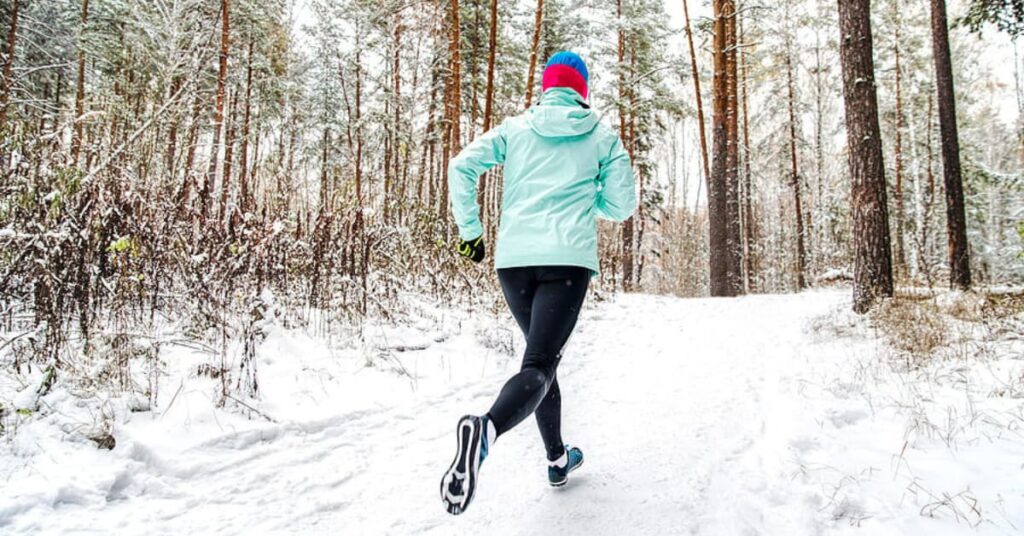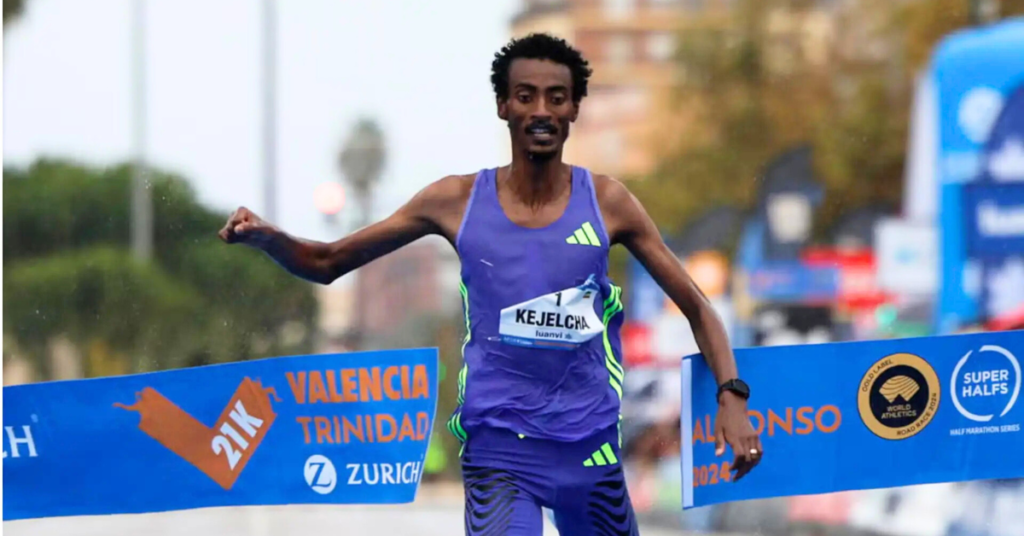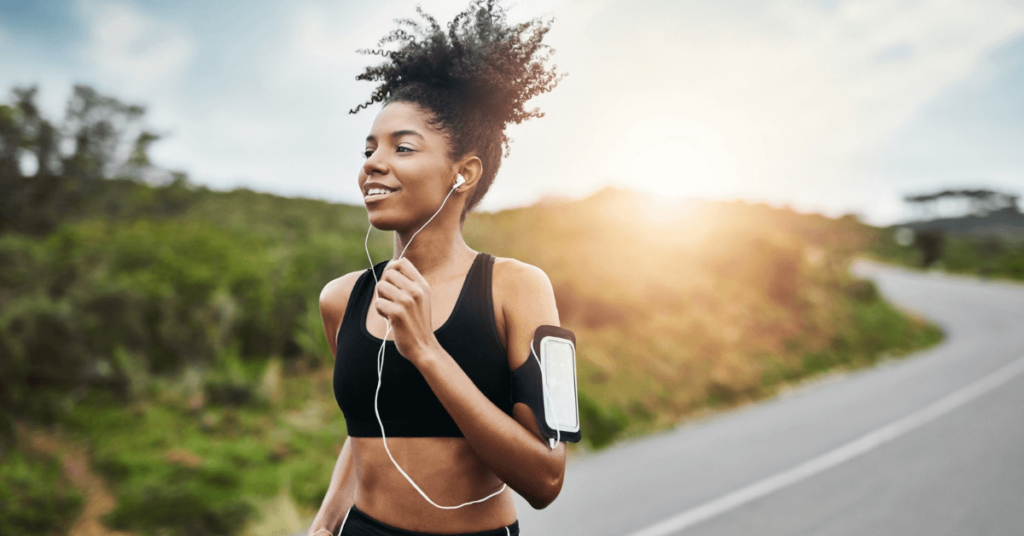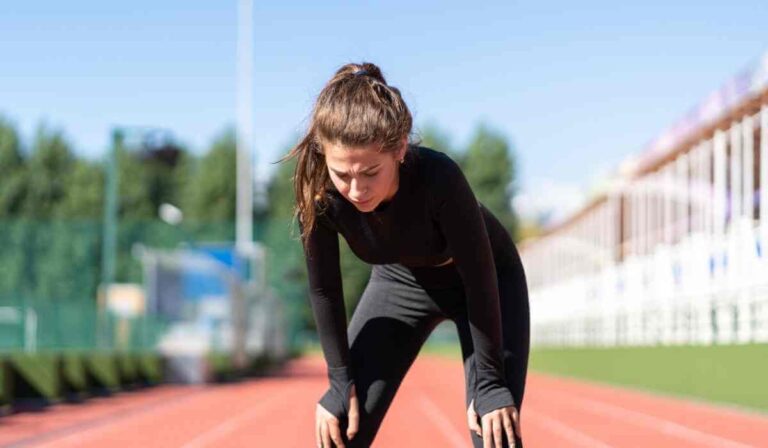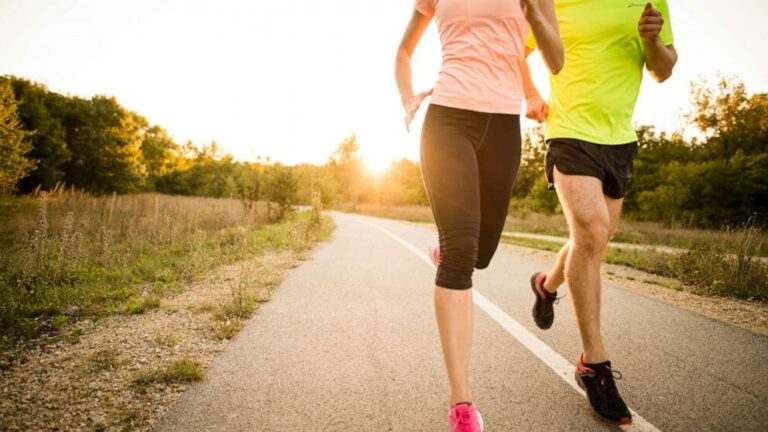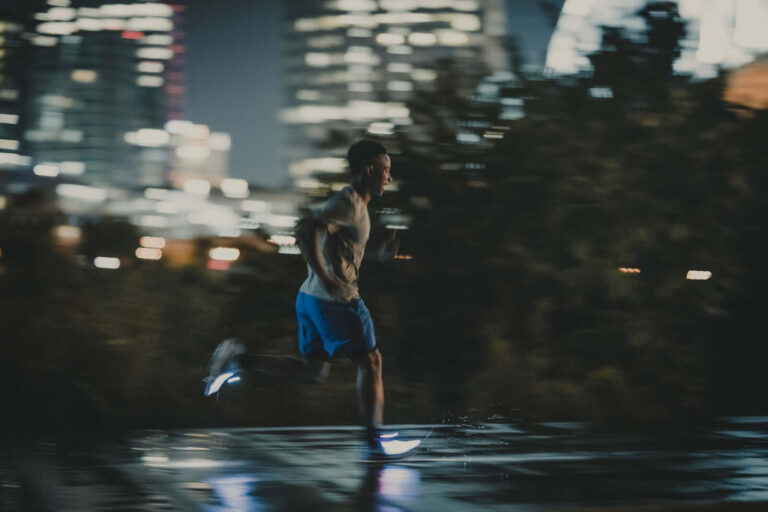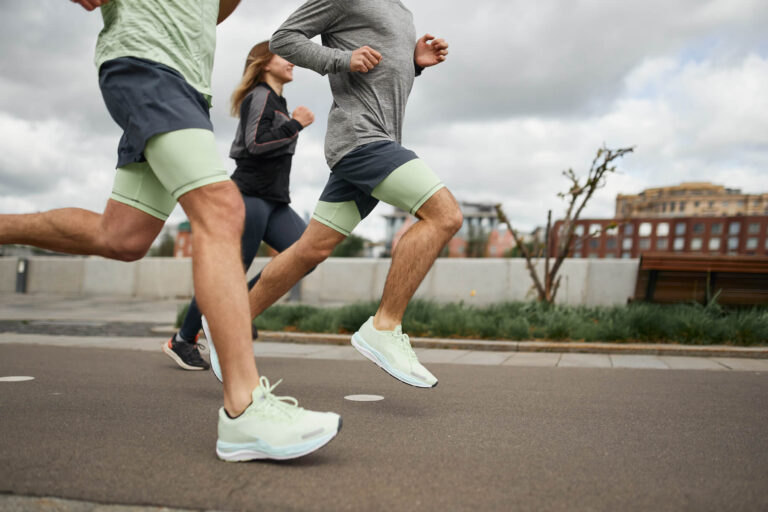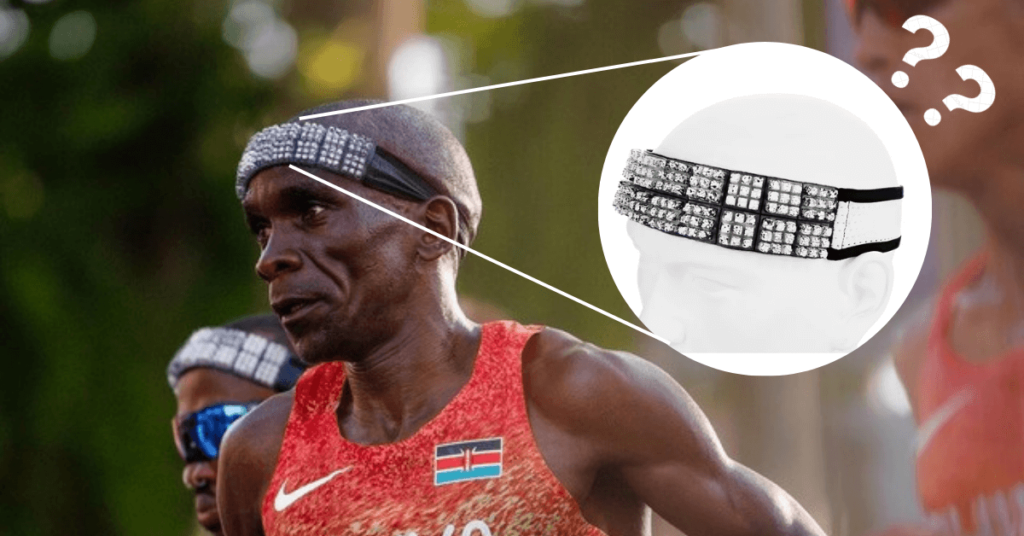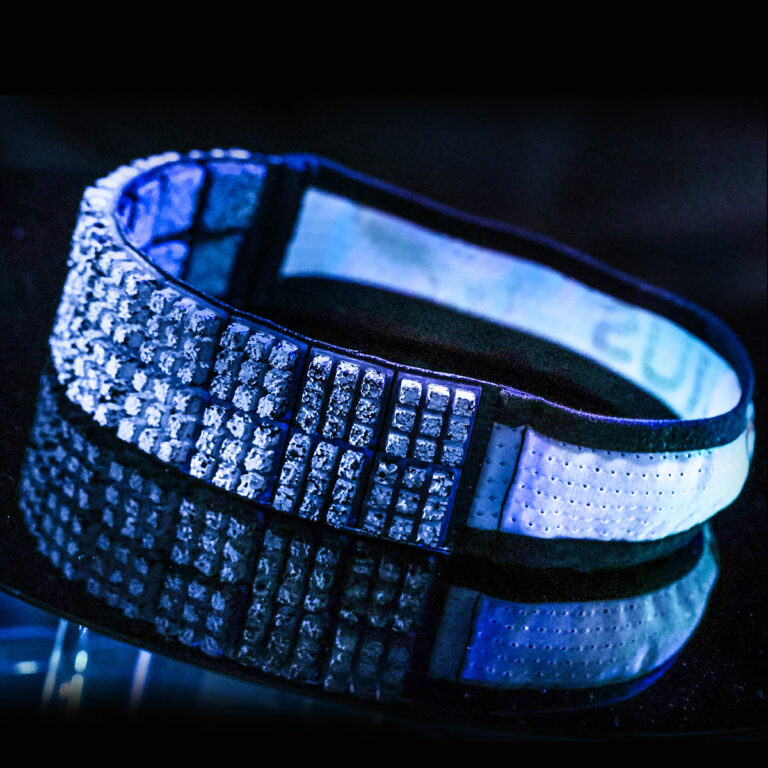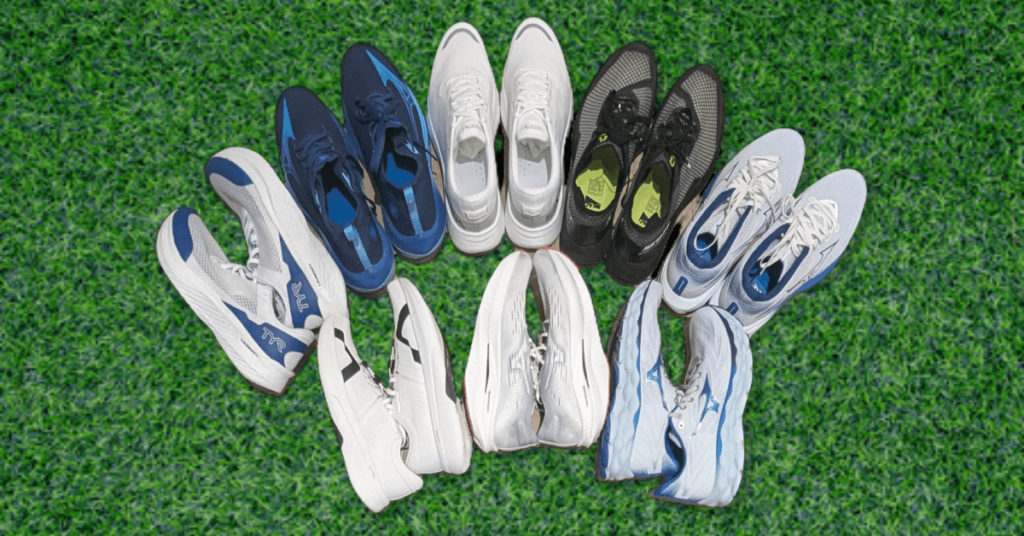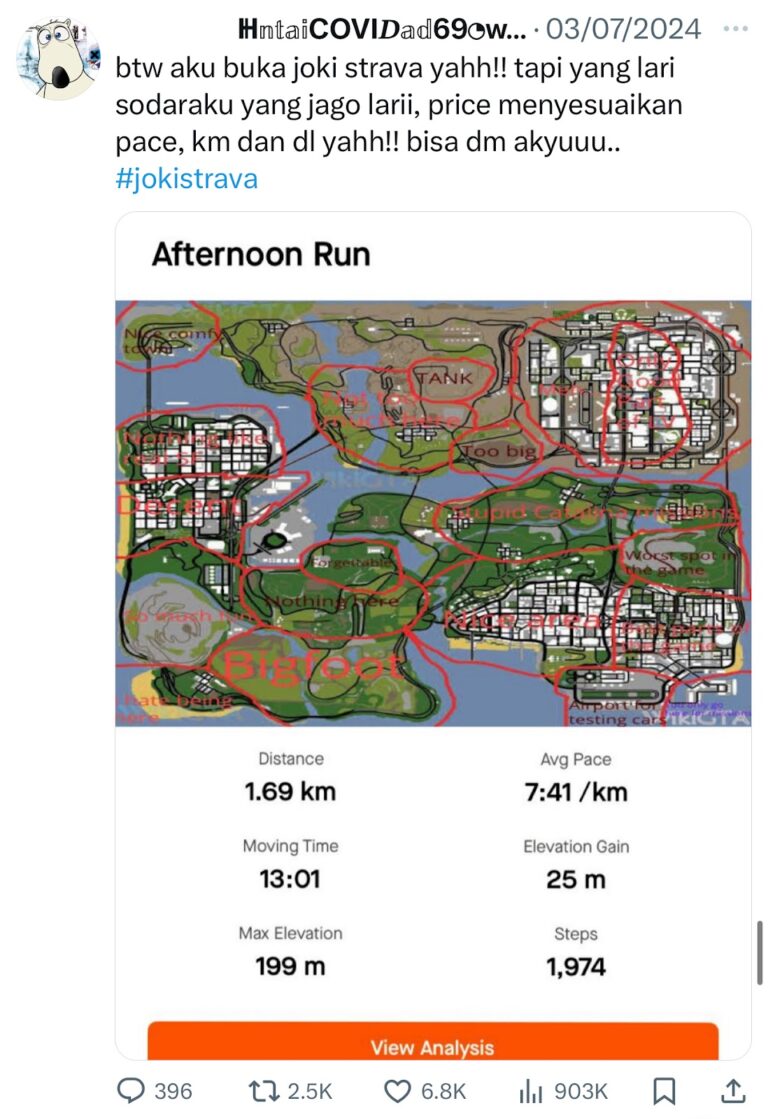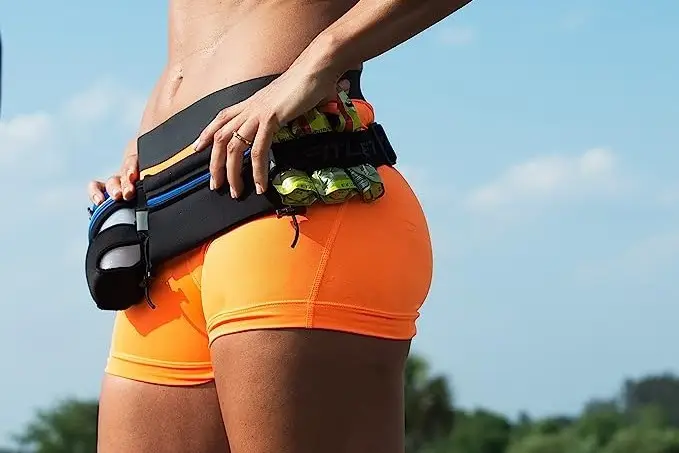Mother Wins 100K Ultramarathon While Breastfeeding Baby
In an extraordinary display of endurance and motherhood, Canadian ultrarunner Stephanie Case won the grueling 62-mile (100 km) Ultra-Trail Snowdonia race in Wales—all while breastfeeding her six-month-old daughter at aid stations along the way.
A human rights lawyer and seasoned ultrarunner, completed the challenging course in 19 hours and 38 minutes, outpacing her competitors in one of the toughest trail races in the UK. The event, known for its steep climbs and treacherous terrain, pushes athletes to their limits—but Case made it even more remarkable by balancing motherhood with peak athletic performance.
Breastfeeding on the Trail
Throughout the race, Case stopped at aid stations to nurse her baby, proving that motherhood doesn’t have to pause personal achievements. In a joint Instagram post with her partner, Case shared:
"I won a 100K race while breastfeeding my daughter at aid stations. It wasn’t easy, but it was possible."
Stephanie Case
Her accomplishment challenges stereotypes about postpartum athleticism, showing that with support and determination, women can excel in endurance sports while caring for their children.
A Record-Breaking Performance
Stephanie’s victory was no small feat—the Ultra-Trail Snowdonia features 7,500 meters (24,600 feet) of elevation gain, making it one of the most demanding ultramarathons in the world. Despite the physical toll, she maintained a strong pace, even as other elite runners dropped out due to exhaustion.
Her training regimen included adapting to her new role as a mother, often running with her baby in a carrier or squeezing in workouts between feedings.
Inspiring Mothers Everywhere
Stephanie’s story has resonated with parents worldwide, especially those juggling caregiving with personal ambitions. She hopes her achievement encourages other mothers to pursue their passions without feeling limited by societal expectations.
"You don’t have to choose between being a mother and an athlete—you can do both," she said.
Her victory is more than just a race win; it’s a powerful statement about resilience, multitasking, and redefining what’s possible for women in sports.
Would you attempt an ultramarathon while managing another big responsibility? Stephanie’s story proves that with determination, even the toughest challenges can be conquered.
Mother Wins 100K Ultramarathon While Breastfeeding Baby Read More »


